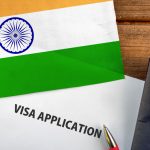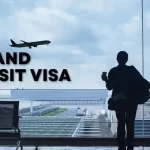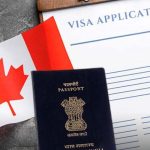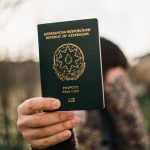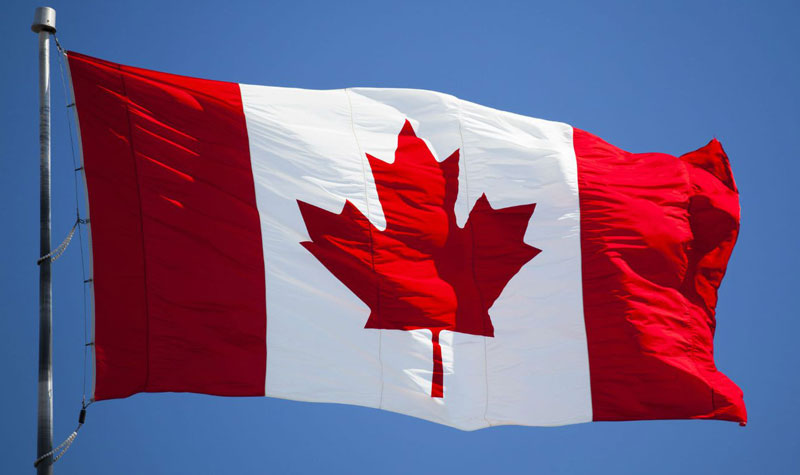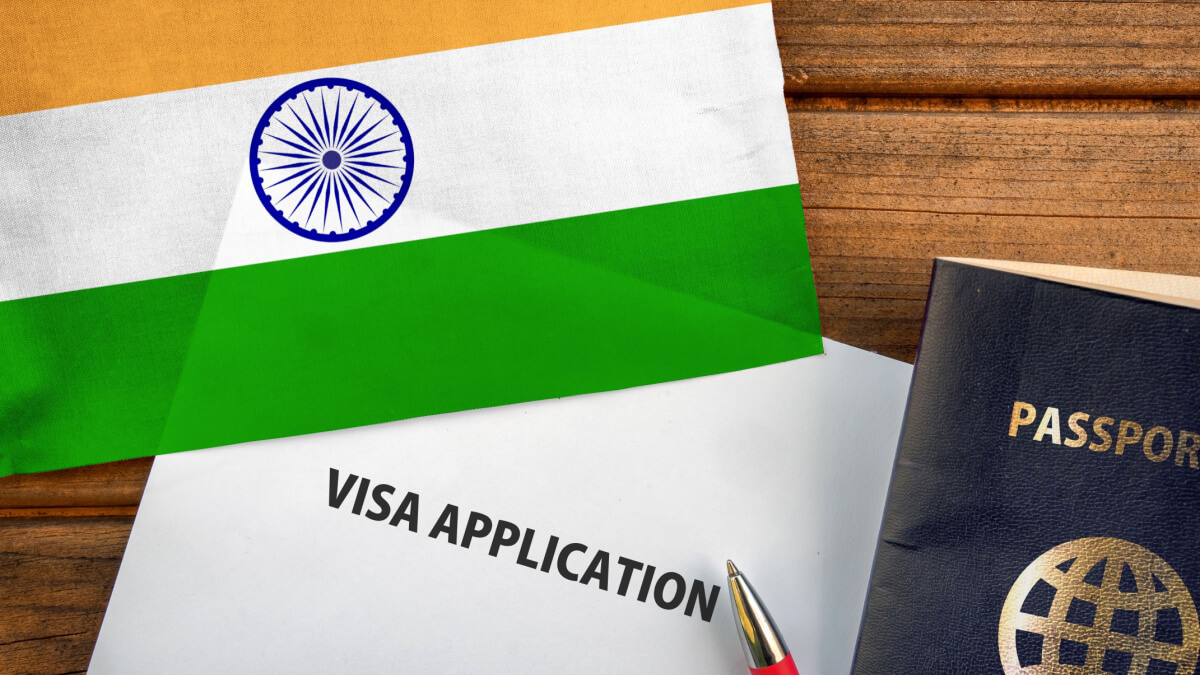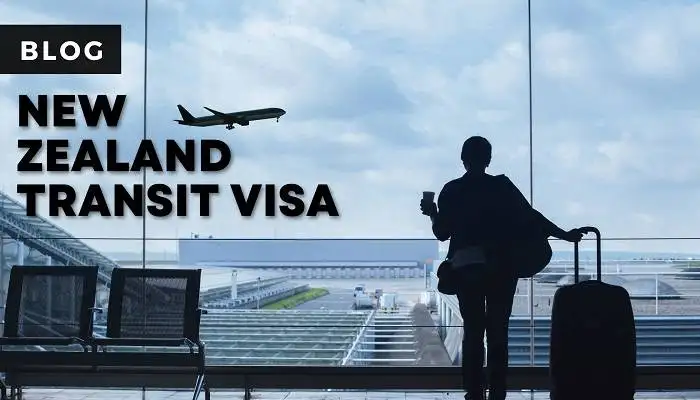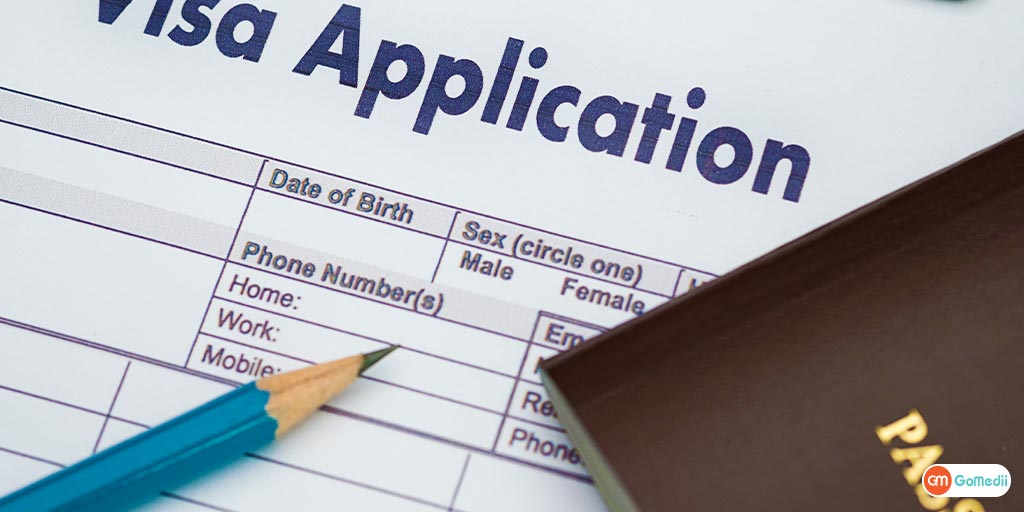Planning a trip to Canada? Whether you’re driving up from the US or flying in as an Austrian national, entering Canada involves some essential steps. From understanding the border requirements to navigating the visa process, this guide will walk you through everything you need to know for a hassle-free journey. So, what does it take to cross the border? Let’s dive in and find out! ENTERING CANADA FROM US BORDER
Understanding the Canada-US Border
The Canada-US border is the longest international border in the world, spanning over 5,500 miles. With millions of travelers crossing each year for tourism, business, or family visits, it’s one of the busiest borders globally. However, crossing this border isn’t as simple as driving or flying over—specific protocols and documentation are required.
Requirements for Entering Canada from the US
If you’re a US citizen or resident, you might already be familiar with the general requirements. However, anyone entering Canada, regardless of nationality, must meet specific criteria. Key requirements include valid identification, possibly a visa or Electronic Travel Authorization (eTA), and adherence to customs regulations.
Required Documents
Passport and Identification
A valid passport is essential for entering Canada from the US, regardless of whether you travel by land, air, or sea. For US citizens, a NEXUS card or an enhanced driver’s license might suffice for land or sea crossings, but it’s always best to carry a passport. CANADA VISA FOR AUSTRIAN NATIONALS
Visas and eTA
While US citizens typically do not require a visa, others, including Austrian nationals, may need one depending on their travel purpose. Austria is a visa-exempt country for short visits, but travelers must obtain an eTA if arriving by air.
Arriving by Land, Air, or Sea
The method of entry can influence the documentation required:
- By Land: A passport or other accepted identification (like a NEXUS card).
- By Air: A valid passport and, if applicable, an eTA for visa-exempt travelers.
- By Sea: A passport is recommended, though other documents like an enhanced driver’s license might suffice for cruises.
Canada Visa for Austrian Nationals
For Austrian nationals, planning a visit to Canada involves understanding visa requirements. Austrians do not need a visa for short stays (up to 6 months) but do require an eTA when flying to Canada. For longer stays or other purposes, such as work or study, a visa is mandatory.
Types of Visas Available
1. Tourist Visa
Ideal for Austrians wishing to explore Canada for leisure, sightseeing, or visiting friends and family. The Tourist Visa is generally valid for stays up to six months.
2. Business Visa
Required for attending conferences, meetings, or other professional engagements in Canada. It doesn’t permit working but allows participation in specific business activities.
3. Study Permit
A must-have for Austrian students wishing to pursue their education in Canada. The study permit allows Austrians to stay in Canada for the duration of their course.
4. Work Permit
Necessary for Austrian nationals planning to work in Canada. The work permit is usually employer-specific, meaning it’s tied to a specific job and location.
Application Process for Austrian Nationals
The process to obtain a visa or eTA is straightforward but requires careful attention to detail:
- Determine Your Eligibility: Check which type of entry document you need.
- Complete the Application: For an eTA, complete the form online. For visas, submit your application through the official Canadian visa application portal.
- Submit Required Documents: Passport, travel itinerary, proof of funds, and other documents, depending on the visa type.
- Pay the Fee: The cost varies depending on the visa type.
- Await Processing: Keep an eye on your email for updates on your application status.
Processing Time and Fees
Processing times can vary but generally take a few days to several weeks, depending on the type of application. Fees also differ, with eTAs costing around CAD $7 and visa fees ranging from CAD $100 to CAD $500 depending on the visa category.
Common Reasons for Visa Rejection
Visa rejections can be frustrating but are often avoidable. Common reasons include incomplete applications, insufficient financial proof, failure to meet eligibility criteria, or past immigration violations. Always double-check your application to minimize risks.
Entering Canada: What to Expect at the Border
Upon arrival, you’ll go through customs and immigration checks. Officers will verify your documents, ask about your travel plans, and assess whether you meet entry requirements. Be honest and have your paperwork ready to ensure a smooth process.
Customs and Immigration
Canada has strict customs regulations. Ensure you declare all goods, and avoid bringing prohibited items like certain foods, plants, or large amounts of currency. Failing to declare can result in fines or denial of entry.
COVID-19 Entry Requirements
Due to ongoing health concerns, travelers may need to present proof of vaccination or negative COVID-19 tests. Stay updated on the latest requirements as they can change frequently.
Tips for a Smooth Entry into Canada
- Have All Documents Ready: Keep your passport, visa/eTA, and other necessary documents accessible.
- Be Honest at Customs: Answer questions truthfully and clearly.
- Know the Rules: Familiarize yourself with prohibited items and customs regulations.
- Plan Ahead: Check wait times at border crossings and plan your arrival accordingly.
Conclusion
Entering Canada from the US or as an Austrian national is straightforward when you understand the requirements. With the proper documentation and preparation, your journey can be smooth and stress-free. Remember, always check the latest travel advisories and regulations before you go.




















